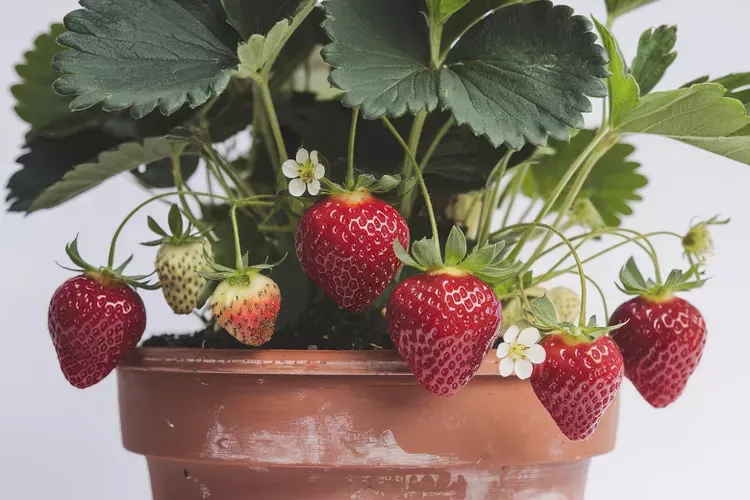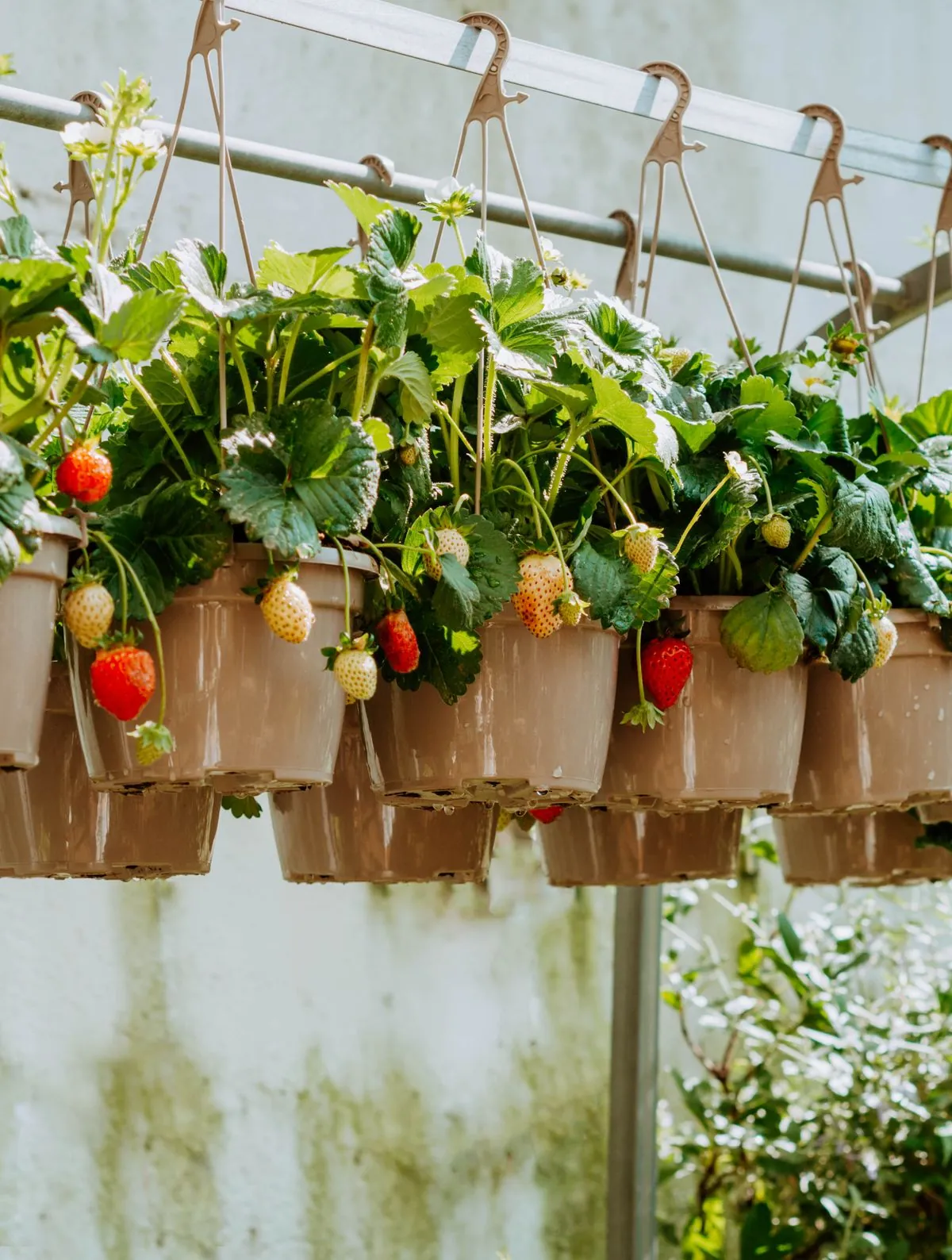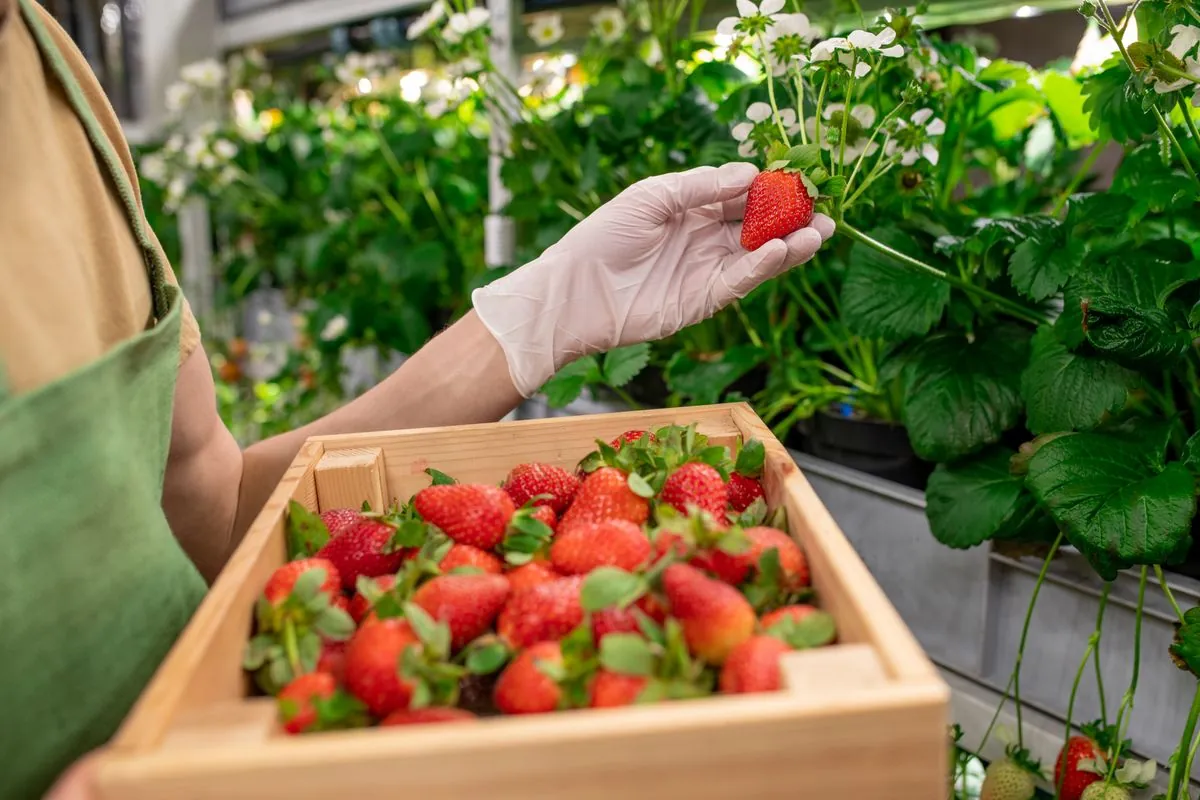How to grow strawberries at home and enjoy fresh berries all year round.
The taste of strawberries is often associated with warm summer days, but what if you can’t grow these berries outdoors? Don’t worry! With proper care and optimal conditions, strawberries can thrive right in your home, providing you with fresh fruit all year round.
In this article, UNN shares tips on how to successfully grow strawberries at home, which varieties are best suited for this, and when you can enjoy the harvest.
When to Plant Strawberries

You can grow strawberries indoors at any time of the year, as you’re not dependent on weather conditions. However, it is recommended to sow strawberries for seedlings at the end of February or the beginning of March. It’s crucial to do this on time, as sowing later may result in the strawberries bearing fruit only the following year.
But are all strawberry varieties suitable for indoor cultivation?
For indoor growing, everbearing strawberry varieties are particularly suitable, as they produce multiple harvests throughout the year. Alpine varieties are recommended because they grow compactly, take up less space, and yield small but very flavorful berries. One popular variety is the pineapple relic, known for its sweet flavor with hints of pineapple.
You should also consider the seascape and albion varieties, which produce larger berries compared to alpine varieties, but require more space. Additionally, they are suitable for container cultivation.
Neutral varieties that are not dependent on daylight are also excellent for indoor growth, as they bear fruit at any time of the year.
Preparing for the season: when to sow seeds for the best harvest10.02.25, 18:01 • 101520 views
Care Requirements
1. Temperature
Strawberries require room temperature for normal growth. The optimal temperature for growing strawberries is around 21 degrees Celsius, with slight fluctuations.
2. Lighting
Strawberries love plenty of light. For better results indoors, it’s advisable to use additional grow lights to provide the plants with 12-14 hours of light each day. Insufficient lighting is one of the biggest mistakes when growing strawberries indoors.
3. Water
Strawberries also appreciate regular watering, but it's important not to overdo it to avoid drowning the plant. Water should drain well to prevent the crown from rotting. You can water the plants once a week, depending on the soil moisture.
Monitor soil moisture by checking it with your finger every few days and adjust your watering schedule accordingly.

4. Soil
Strawberries prefer well-drained soil. A universal loamy plant mix is best suited for indoor conditions. The soil should not be too clayey or heavy. It should also be fertile but loamy—almost soft.
Sowing calendar for February 2025: when to plant and when to wait31.01.25, 08:30 • 52176 views
Propagation
When strawberries begin to ripen, they have a natural tendency to propagate by sending out runners that form new shoots. In container conditions, these shoots can stretch and hang down, trying to reach the ground. But don’t worry—you can use them to increase the number of plants.
Prepare several new containers with well-drained soil to transplant these shoots. Initially, they will remain attached to the mother plant, but over time they will root in the new pots. After a few weeks, you will see the new plants starting to grow, and when they bloom (about a month later), you can detach them from the main bush. If necessary, trim the runners for easier transplantation or to create separate plants. This method allows for safe propagation and increases the harvest without the need to buy new seedlings.

Harvesting
Strawberries ripen approximately a month after flowering. One of the key signs that the berries are ready for picking is their rich red color.
To harvest the berries, gently twist or cut the fruit, leaving about half an inch of stem next to the berry. Avoid damaging the plant, as this may affect future growth and yield.
Cucumber prices continue to rise in Ukraine: the reason has been named15.02.25, 13:51 • 102946 views